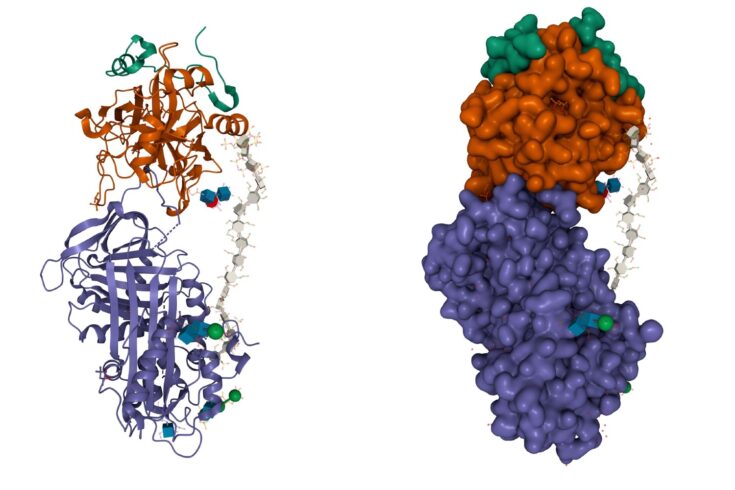The cost of developing new, successful drugs is soaring, with huge implications for productivity. To address this challenge, the life science sector is investigating new modalities such as peptides and oligonucleotides that could expand the way new drugs can bind to target proteins.
Cyclic peptides, which are small proteins looped together, are promising new modalities that can interact with disease targets that small molecules have so far been unsuccessful in targeting. For a drug to be effective, binding to a target is not enough, it must also be able to cross the cell membrane.
The ability to predict and improve the membrane permeability of cyclic peptides is a key priority for the team at AstraZeneca, who collaborated with researchers at the Hartree Centre to investigate how machine learning could help.
About the project
The work was part of the Innovation Return on Research (IROR) programme, a collaboration between the Science and Technology Facilities Council (STFC) at the Hartree Centre and IBM Research. IROR engages with businesses as partners through projects which validate and shape the capabilities of the digital assets being developed by the programme.
With AstraZeneca, the team developed computational workflows that blend molecular dynamics, a technique that simulates the movements of atoms and molecules on a supercomputer, with machine learning. They used machine learning techniques (dimensionality reduction and clustering) to identify patterns of movement and study the shapes of the cyclic peptides. This provided an insight into how chemical modifications influence shape and therefore permeability.
They also created user-friendly computational notebooks, allowing domain scientists to access supercomputers and provide computational building blocks such as simulation, visualisation and analysis into a single, interactive user interface.
“Our collaboration with IBM and the Hartree Centre has resulted in new insights into a challenging system and a demonstration of exciting new tools for drug discovery,” said Anders Hogner, Associate Director for Medicinal Chemistry at AstraZeneca.
Impacts of the project
The approach to lead optimisation has the potential to make drugs more permeable or easy to manufacture, saving costs and boosting productivity. This was not possible using the traditional small molecule approach.
Additionally, making computational notebooks accessible on supercomputers helps to democratise computational science, allowing domain scientists easy access to high-performance computational workflows and analytics without the need for specialist high-performance computing expertise.

